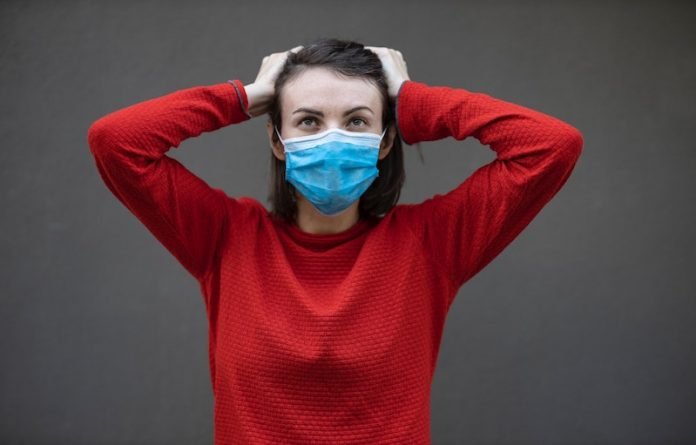
Scientists from Scripps Research and elsewhere found the COVID-19-causing coronavirus, SARS-CoV-2, likely first spread to humans from animals in two separate transmission events in a Wuhan market in late November 2019.
The analyses were based mainly on the locations of cases and environmental samples, as well as genomic sequences of SARS-CoV-2 isolates, from the first weeks of the pandemic in China.
The analyses of available evidence clearly suggest that the pandemic arose from initial human infections from animals for sale at the Huanan Seafood Wholesale Market in late November 2019.
The research is published in Science and was conducted by Kristian Andersen et al.
In the first analysis, the researchers examined the geographic pattern of COVID-19 cases in the first month of the outbreak, December 2019.
They were able to determine the locations of 155 of the 174 COVID-19 cases identified by the World Health Organization for that month.
Their analysis showed that these cases clustered tightly around the Huanan Market, whereas later cases were dispersed widely throughout Wuhan—a sprawling megacity of 11 million people.
One striking finding was that early COVID-19 patients with no history of having recently visited the market resided significantly closer to it, on average, than patients who had visited the market, showing the close association between early cases and the market.
The researchers also determined that mammals now known to be infectible by SARS-CoV-2, including red foxes, hog badgers and raccoon dogs, were sold live at the Huanan market in the weeks preceding the first recorded COVID-19 cases.
The scientists developed a detailed map of the market, and showed that SARS-CoV-2-positive samples reported by Chinese researchers in early 2020 showed a clear association with the western portion of the market, where live or freshly butchered animals were sold in late 2019.
The analysis showed is that the market was also the early epicenter and very likely the place of emergence.
In the second study, the researchers combined epidemic modeling with analyses of the virus’s early evolution based on the earliest sampled genomes.
They found that the pandemic, which initially involved two subtly distinct lineages of SARS-CoV-2, likely arose from at least two separate infections of humans from animals at the Huanan market in late November 2019.
The analyses also suggested that, in this period, there were many other animal-to-human transmissions at the market that nevertheless failed to manifest in recorded COVID-19 cases.
According to the researchers, the two studies collectively show that SARS-CoV-2, like SARS-CoV-1 before it, originated via jumps from animals to humans—in this case from animals being sold at a specific market in Wuhan, likely following transmission to those animals from coronavirus-carrying bats in the wild or on farms in China.
If you care about COVID, please read studies about why people with blood type O have lower COVID-19 risk, and Vitamin D deficiency strongly raises your risk of COVID-19.
For more information about COVID, please see recent studies about how to prevent loss of smell and taste from COVID-19, and results showing Pfizer vaccine can successfully treat COVID-19.
Copyright © 2022 Knowridge Science Report. All rights reserved.



